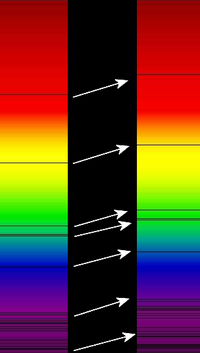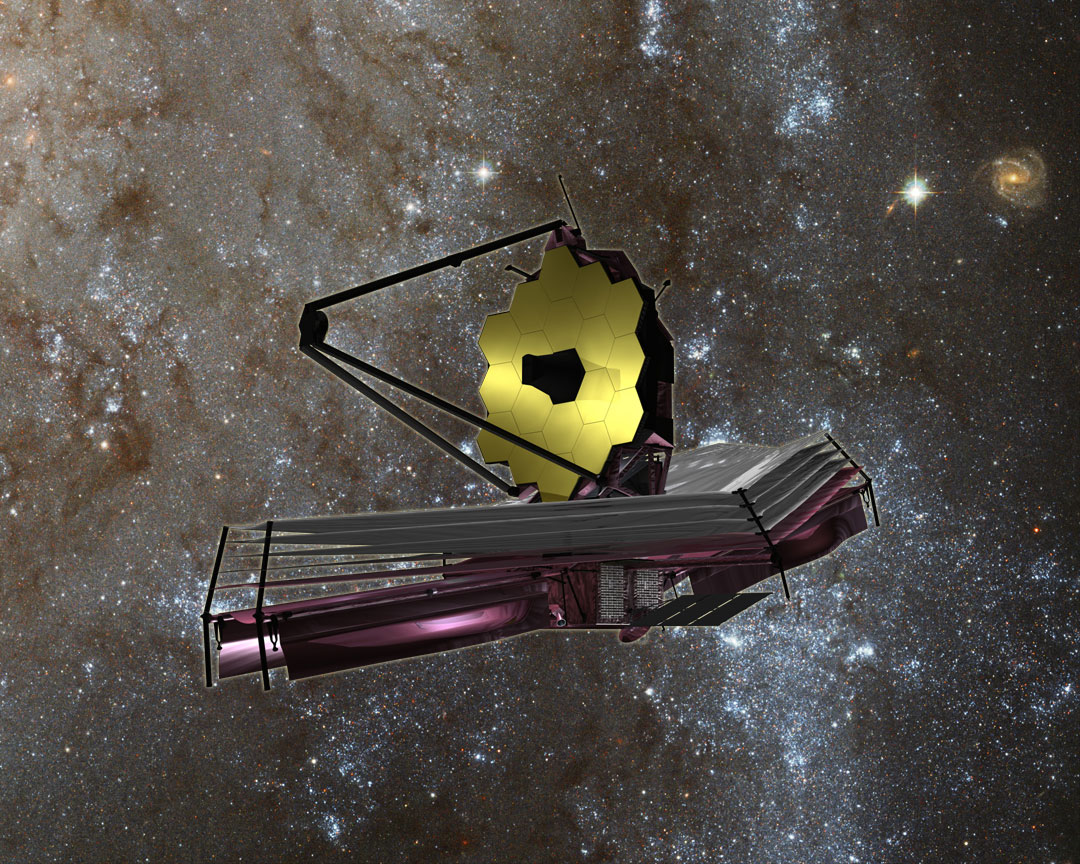Looking Backwards in Time
Since my Extra Terrestrial Update post last week, several folks have asked me about the notion of looking backwards in time by looking farther away. This week, those questions are even more relevant, as scientists have just managed to look farther back in time than ever before, through more than 13 billion years, or to within 700 million or so years after the big bang. How can this be, you ask?
The fact that light can only go so fast, and in fact, goes a very specific speed, turns out to be a very powerful tool. When we see something while standing on earth and project backwards along the light's incoming path, if we can determine how far away something is, we can also, by knowing the speed of light, determine how long that light took to get here. The further away the source, the longer the light was in transit. So by looking far away we are also looking backwards in time.
As with much of astronomy, the real trick to figuring out how long ago some celestial event occurred turns into a problem of figuring out from how far away that event originated. The whole story of how we determined successive distance measurement metrics ranging from parallax, to apparent stellar brightness, Cephied star brightness variations, and at the long end of the scale, red-shift is a fascinating one. And while I might be convinced to talk about them all in future blog posts, I wanted to concentrate here on the Red-shift idea which allows us to look farther away, and farther back in time, than any of the other methods.
Red-shift is just another name for the Doppler effect in action. When a source of waves is receding from us, we hear or see a decrease in the pitch (or frequency) of the sound or light relative to its original wavelength. This effect is common and familiar from cars driving by with horns and sirens sounding; we hear a higher pitch when the car approaches, and a lower one when the car receds. Astronomers use this same effect, combined with the fact that stars emit most of their light from hydrogen fusion which produces a very characteristic spectral pattern, (i.e. burning hydrogen produces a unique set of colors at known wavelengths) to figure out how far away that star or galaxy of stars might be. The faster a star is receding from us, the more red it's spectrum appears.

Redshift of spectral lines in the optical spectrum of a supercluster of distant galaxies (right), as compared to that of the Sun (left). Wavelength increases up towards the red and beyond, (frequency decreases) (From Wikipedia)
It turns out that in around 1929, Edwin Hubble, the very fellow after which the Hubble Space Telescope is named, discovered that there was a relationship between the red-shift of nebulae (now known to be galaxies) and their distance from earth. This relationship eventually became known as Hubble's Law. Simply stated, the farther the source, the faster it receds from us.

This is the original data from Hubble's 1929 paper.
The recent Hubble Space Telescope results using the Ultra Deep Field imaging techniques I highlighted in that last post have now reached all the way back in time to the age of the very first galaxies.
Using infrared filters, Bouwens and Magee were able to discover a most distant galaxy, that was so far away (and redshifted all the way to a z= 7.4) that it was only detectable in the infrared spectrum, and would have been completely missed in the visual spectrum survey.
Images of a galaxy at redshift 7.4 (inside white box) in the Hubble Ultra Deep Field. This galaxy is seen just 700 million years after the Big Bang. The galaxy disappears at optical wavelengths (left), but is seen clearly in the infrared (right), as shown in the image boxes at the bottom. Credit:Bouwens/MageeWe're now getting to the point that if we want to see the first stars, even farther back in time than when the first galaxies formed, we're going to have to build a bigger telescope. But that is what the James Webb Space Telescope will be for!
This post has given you a high-level overview, but for additional details, I strongly recommend checking out the First Galaxies web page, from which I have excerpted a few images here.



























No comments:
Post a Comment